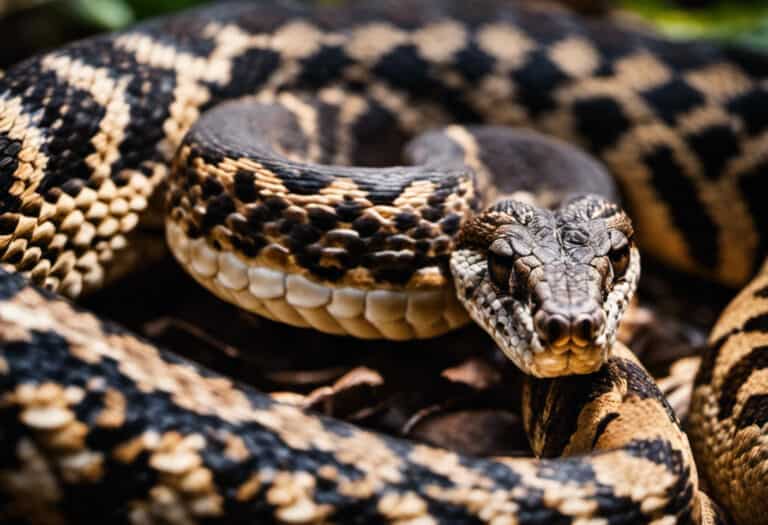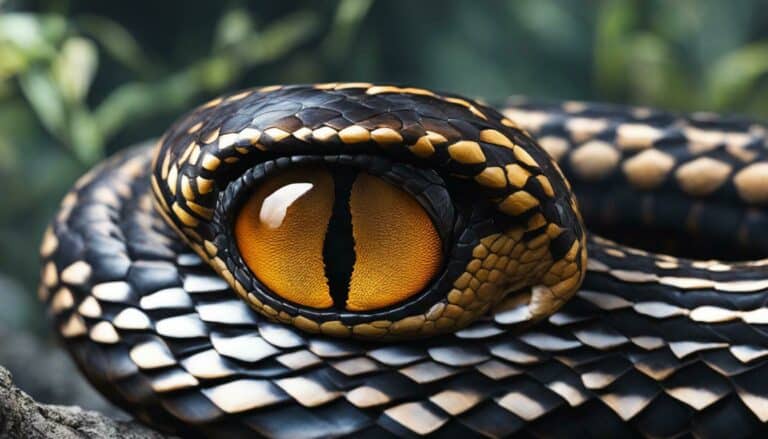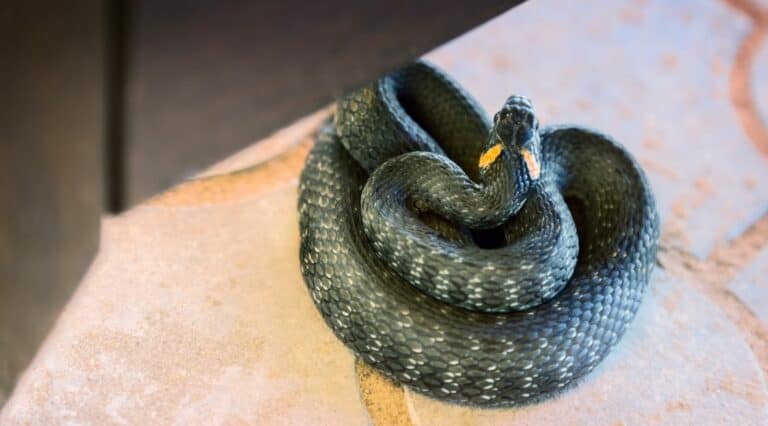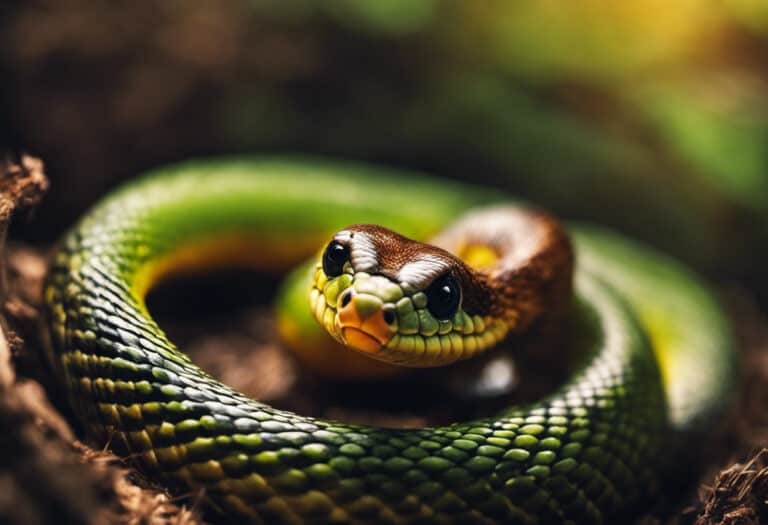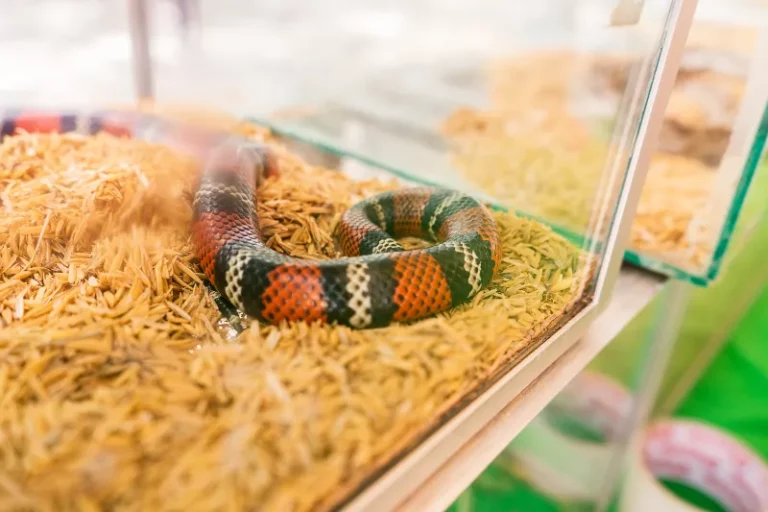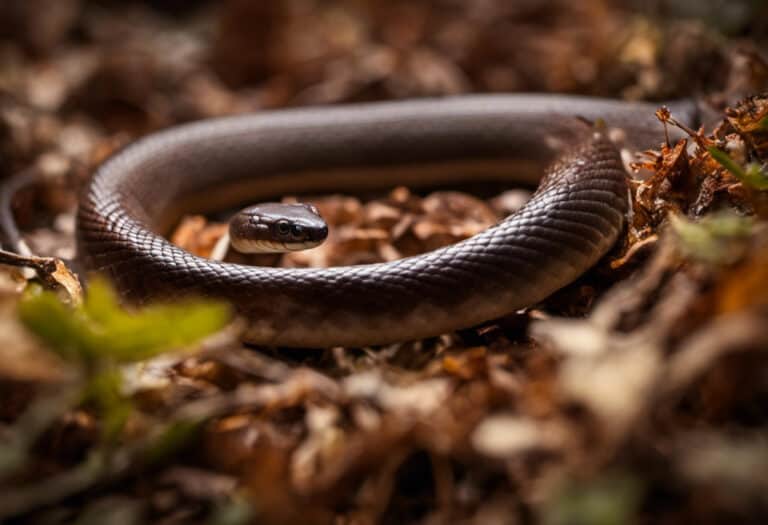Can snakes survive high falls?
Snakes can survive high falls. Snakes fall from trees all the time and can right themselves in mid-air, spread their body out, and glide gently down. Snakes do not have any muscles in their skeleton that make them stretch out on purpose.
The reason they can relax their muscles is because of a reaction that takes place within their body. They release a substance that makes their muscles really loose and floppy.
You can even hold a snake by the tail and swing it around like a jump rope, and it won’t hurt them!
However, we don’t know how high the trees were from which these snakes fell. We also don’t know just what kind of trees they were.
Some trees have branches that grow close together and are not that far off the ground, while others have components that are far apart and very high off the ground.
Most snakes can survive falls from very high places, though some smaller ones would probably not make it.
Is it normal for snakes to fall?
It’s normal for snakes to fall, but not always. Snakes fall more often in captivity than in the wild. In the wild, they don’t get dropped and shaken around so much.
A snake might fall or jump off something if it thinks there may be a threat about to eat it or if it feels threatened by being in a strange and potentially unsafe place.
However, snakes usually do not have enough heat or light when they fall into captivity.
They may be too cold to move around very much and so just sit there until they find somewhere else that is warmer or brighter such as the top of whatever they are climbing on, such as branches, rocks, the wall of an enclosure, etc.
Can snakes fall out of trees?
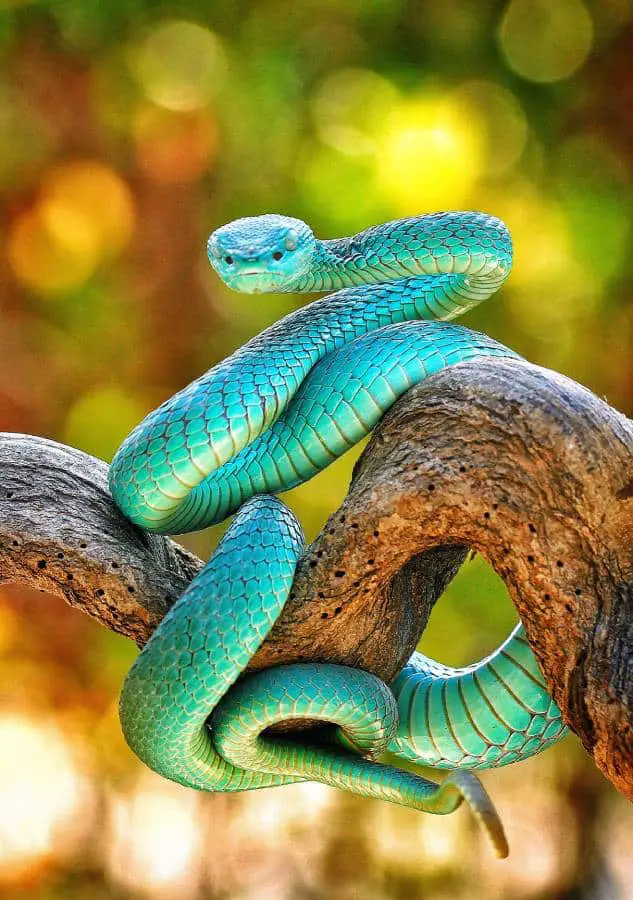
Snakes can indeed fall out of trees, and it’s one of the primary dangers facing many snake species worldwide.
Many snakes don’t even climb at all and yet still face this threat. All it takes is a bad storm or fire to knock a tree down and dump everything on the ground below!
Of course, pregnant females are more likely to be impacted by this problem because they are heavier, but it’s a risk for all snakes.
There are several things that snakes do to minimize the chances of being knocked out of the trees.
One is to curl up in a tight coil and press their head into their loops. Snakes can still fall out of the trees like this, but it dramatically reduces their chances, and they can’t fall very far. If a snake is longer than the height of the tree, though, then it’s going to be in danger.
Old snakes that have lost their grip might not be able to hold on with just one hand or foot for very long (top right). They might be holding on with one fang or with the very tip of their tail.
Any disturbance to the snake can make it fall like this, even if they are secure at first (bottom left). Young snakes usually hold on tight enough not to fall out (bottom right), but sometimes they get nervous and loosen up too much.
Snakes in trees are also susceptible to any predators that can climb trees.
Woodpeckers, squirrels, possums, lizards, and monkeys have been seen preying on tree snakes–not just venomous tree snakes but non-venomous ones as well.
In fact, the only snake immune from predation by climbers is the vine snake, which spends its entire life in trees.
Snakes are also susceptible to being swept out of the trees by heavy winds or lightning.
This is why snake conservationists need to consider what might happen to snakes during fires and other natural disasters before reintroducing them into their native habitat.
Do snakes feel pain when they fall?
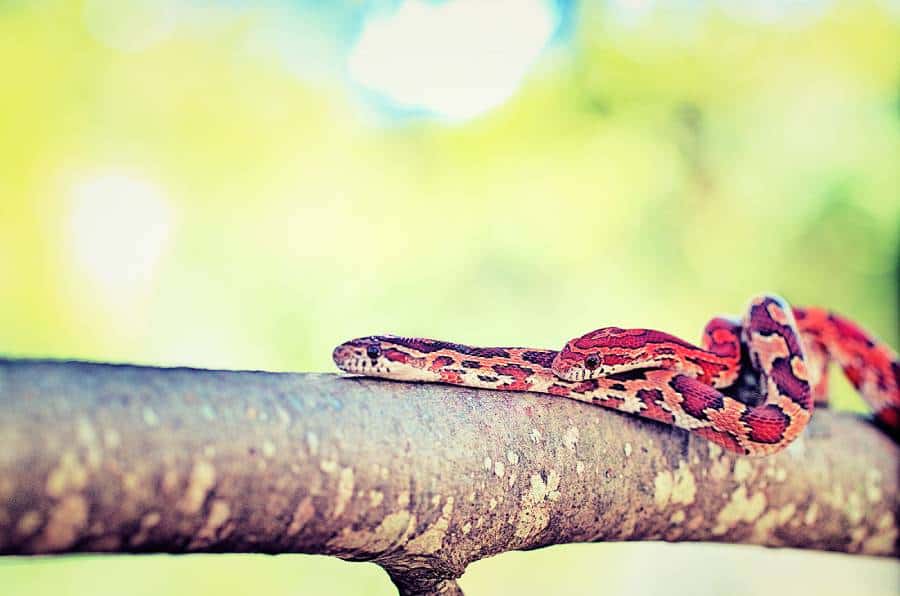
Snakes cannot feel pain because they lack the necessary receptors to detect pain. They do have a sense that is closely related to the importance of touch, called tactile sensation.
This allows snakes, ectotherms (cold-blooded animals) to sense their prey and predators without sight. If a snake eats something that doesn’t taste good, it won’t eat that food again.
An excellent example of how a snake’s sense of touch works is when we place our hands close together and press them against each other: we can feel the outline and shape of our hands because there are sensory receptors in between and around the finger joints the palm side.
There are similar receptors in the lower jaws of snakes, which are very important for hunting.
Do snakes get injured easily?
Most reptiles will struggle if held incorrectly, so a snake can receive minor injuries from working. But snakes don’t have much feeling, so they can’t feel pain. We should always be careful when handling them, though.
Can snakes die from falling?
Snakes are not likely to die by a fall, though the experience could certainly frighten them. It’s more probable that they will die from dehydration after being stranded without food or water without shade or shelter to escape the heat for an extended time.
If you find a snake on the ground, should you pick it up and put it somewhere else?
No, because the snake may perceive your movement as a predatory threat and strike. If you see a fallen snake nearby, notify wildlife rescue or animal control personnel to come to collect the snake.
